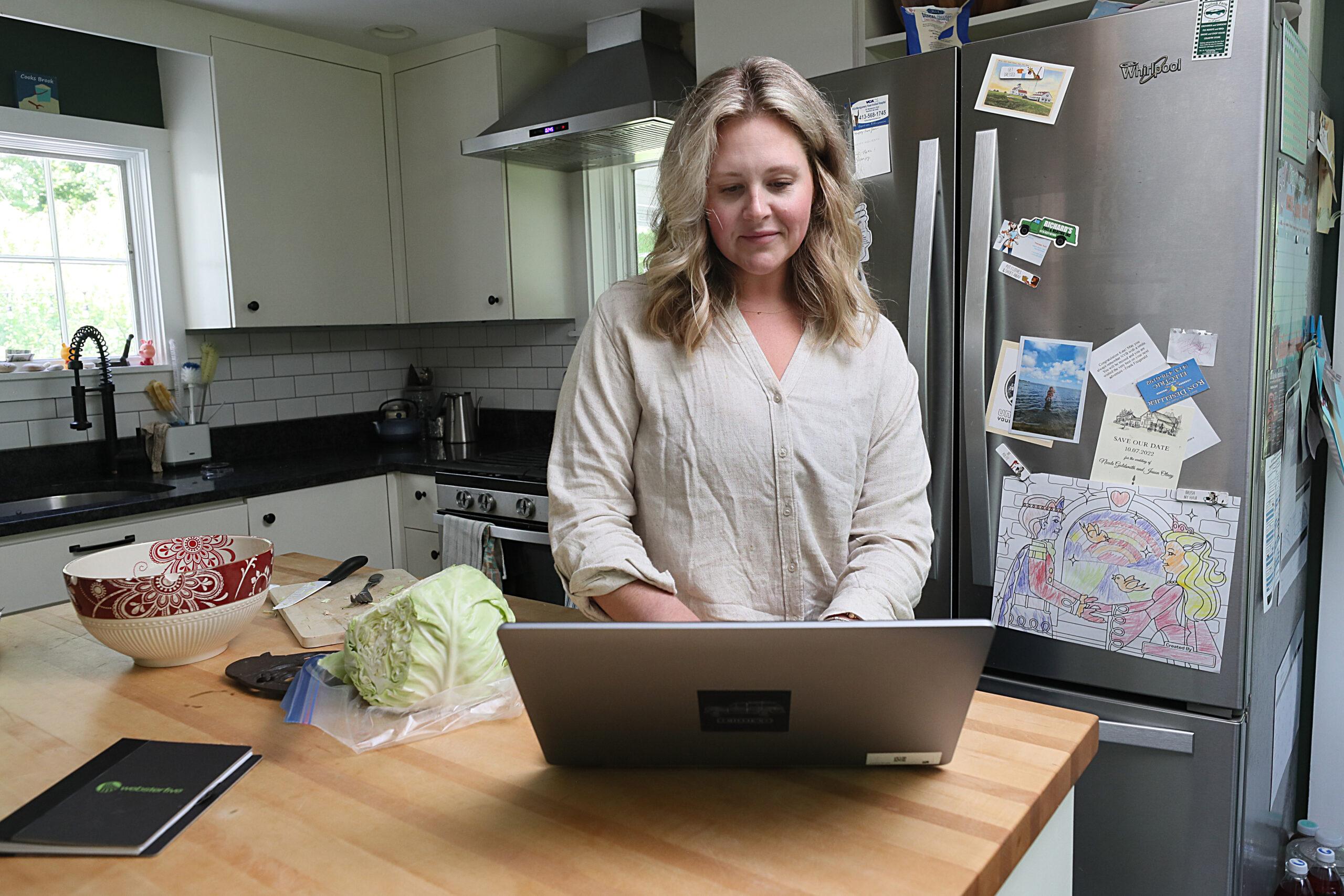Is Hybrid Work Doomed?
Stanford University professor Nicholas Bloom talks about how the hybrid work revolution is going, and how the weakened connection between work and home continues to change where Americans live
Stanford University professor Nicholas Bloom joins the show to talk about how the hybrid work revolution is going, and how the weakened connection between work and home continues to change where Americans live, how they travel, how they spend their time, how they raise their kids, and even how much time they spend combing their hair (survey says: less!).
If you have questions, observations, or ideas for future episodes, email us at PlainEnglish@Spotify.com. You can find us on TikTok at www.tiktok.com/@plainenglish_
In the following excerpt, Nicholas Bloom explains the results of his research into the pros and cons of working in-person, in-office, and in a hybrid model that combines the two.
Derek Thompson: One of the things I love about your work is that you talk to employees, you talk to managers, but you also research this in randomized control trials. In July this year, you published the result of a very clever study of 1,600 engineers, marketing, and finance employees of a large tech firm. And this firm allowed people born on odd birthdays to work from home on Wednesdays and Fridays, and they kept the even-birthday employees full time in the office, sort of a lovely way to randomize this experiment. What did you find from this RCT?
Nicholas Bloom: Yes, exactly. It’s very hard to know how effective work from home is because normally people choose to or they’re thrown into it because of the pandemic. And we took 1,600 grads, basically—they’re professionals, finance, marketing, IT. We found three or four key things. The first is, most strikingly, they were much happier working from home. You can get this either from surveys or when you ask them on job satisfaction, work-life balance, stress levels. They’re all significantly better when they got to work from home for two days a week. Or probably more tellingly, their quit rates, they fell by one-third, by 35 percent, which is an enormous drop. That thing jumped out, just to step back a bit: In survey data of country after country, people report they value the ability to work from home a couple of days a week at about the same as a 7 percent or 8 percent pay increase. It’s a pretty major perk.
Thompson: Happier workers, lower quit rates. You also found that remote workers worked more hours, which I think is a very interesting reflection of the fact that work is getting leakier. Our work days are becoming a little bit more like weekends. We can take time off. But also work is leaking into our weekends too. And you found this. You found that weekend work is increasing for remote employees, which I think is going to get a lot of nods from people listening to us. This idea that if you can do your work from anywhere, well, it turns out you can also do your work at any time.
Let’s jump straight into the controversial stuff here. Jason Furman, former chief economist at the White House and frequent guest on the show, had a very interesting response to your research. He said, “It’s bizarre that economic research tells us that work from home is good for productivity, but also most managers and CEOs seem to dislike full work from home.” It’s like someone has to be wrong here. Either the research is wrong or the bosses are wrong. Nick, who is wrong?
Bloom: Great. First of all, I’m a big fan of Jason Furman and a lot of his work. What I’m going to do, there are three types of ways to organize this. One is fully in-person, and about 55 percent of Americans have to work fully in-person because they’ve got no choice. Like anyone in McDonald’s or Chipotle or in transport, entertainment, etc. Then, you’re only looking at the other 45 percent. And for them, there are two ways to organize it. One is hybrid, where you’re coming in, let’s say, two, three days a week; working from home two, three days a week. And the other is fully remote.
Hybrid for professionals and managers is almost entirely a win-win over coming in five days a week. Looking at the research, there are four big benefits of hybrid. One is employees are happier. Two is they’re more productive. Three is it saves a bit of space. And four, it can support diversity initiatives. And I’m not going to go through them in detail, but there are four big upsides. As long as it’s well run, it’s pretty clear there aren’t major downsides.
The much trickier case is fully remote. Now, fully remote has some clear additional upsides but also some clear downsides. And you are balancing off some pretty big numbers on both sides. When you talk to firms, I’ve talked to a number of CEOs of fully remote firms, and notably they’re all in tech. But they say, “Look, the big upside is you get rid of the office. It’s about 20 percent to 30 percent of the wage bill. It’s a big saving. And secondly, you can hire internationally.” And for tech, global talent is a big thing.
They then say, “Look, there’s some major downsides, though, which is, one, it’s much harder to mentor people.” If you’ve got an organization that has a lot of 20-somethings, that’s a real challenge. And secondly, it’s harder to be creative. Problem-solving can be tougher when you’re not in-person. It’s harder to build culture, etc. I think if I was to go through it, for professionals and managers, hybrid clearly dominates coming in five days a week. But fully remote is a bit of a choice and it’s not obvious. And I think some firms, notably in tech, which tend to have slightly fewer entry-level workers and more experienced workers, will go fully remote. Other firms, pretty much everyone outside of tech and some tech companies like Apple, Google, Microsoft, are going to stick with hybrid.
This excerpt was edited for clarity. Listen to the rest of the episode here and follow the Plain English feed on Spotify.
Host: Derek Thompson
Guest: Nicholas Bloom
Producer: Devon Manze
Subscribe: Spotify

